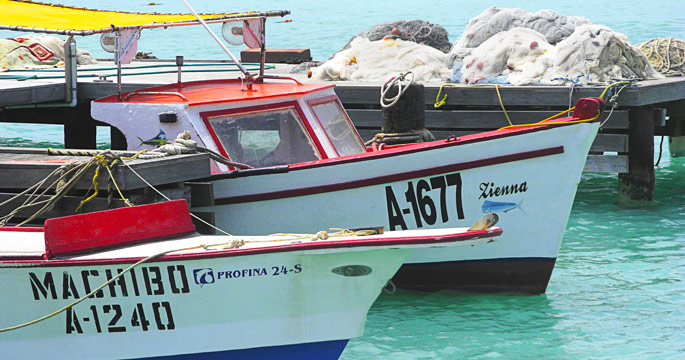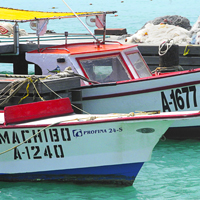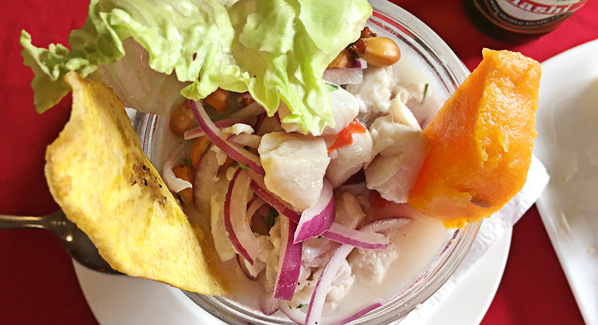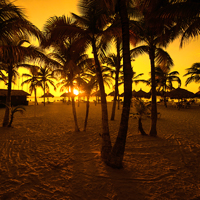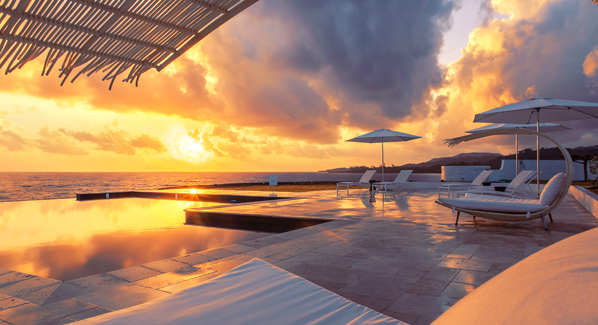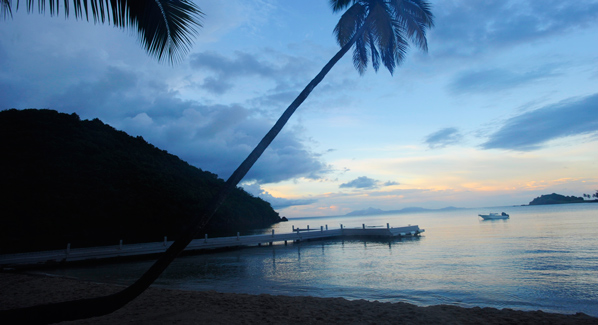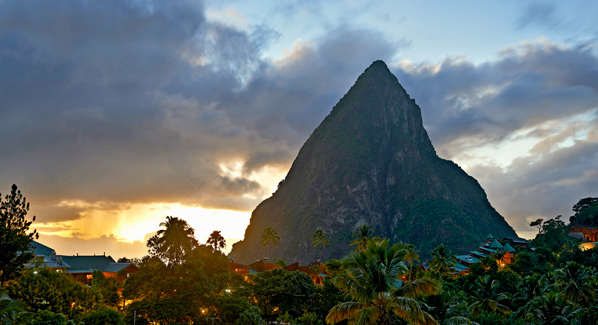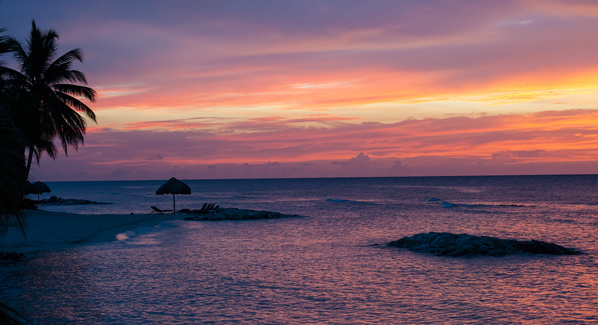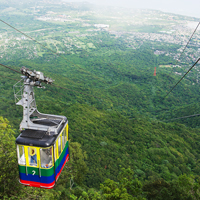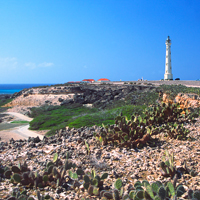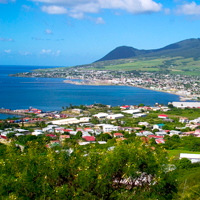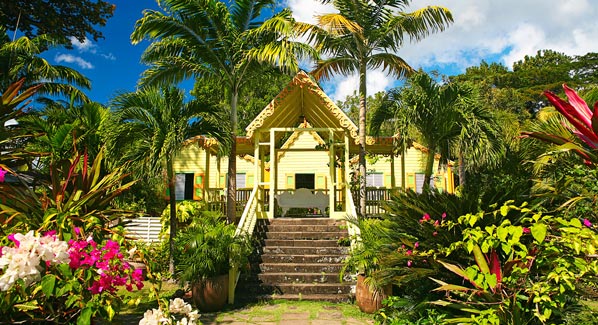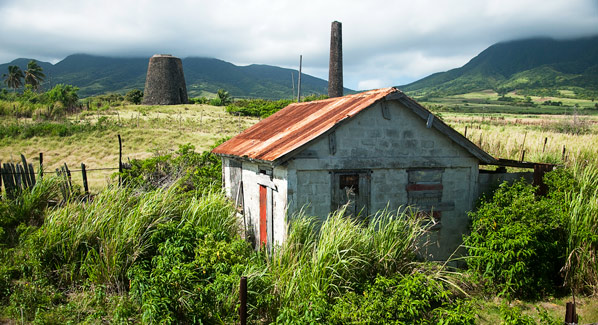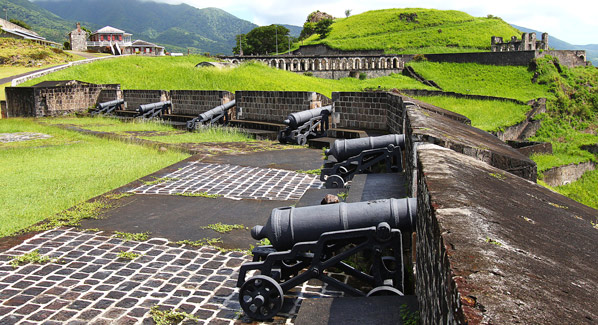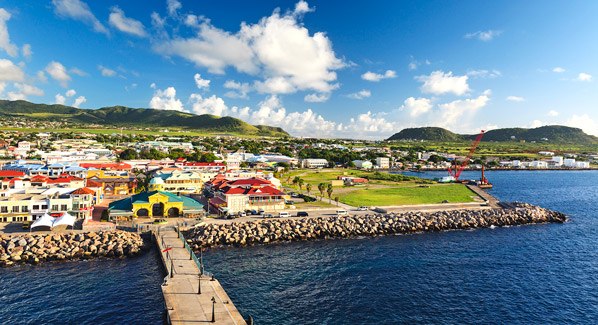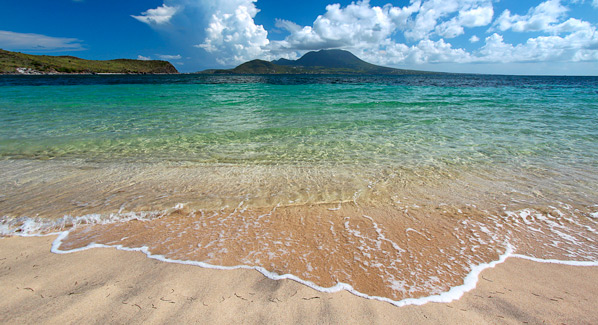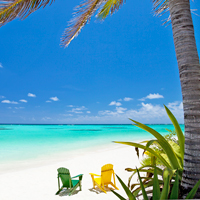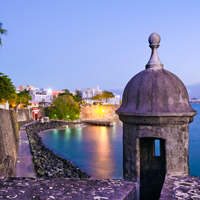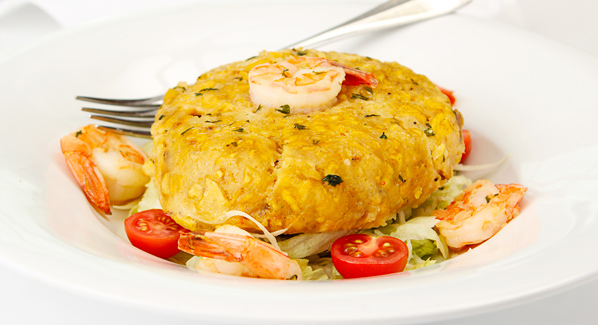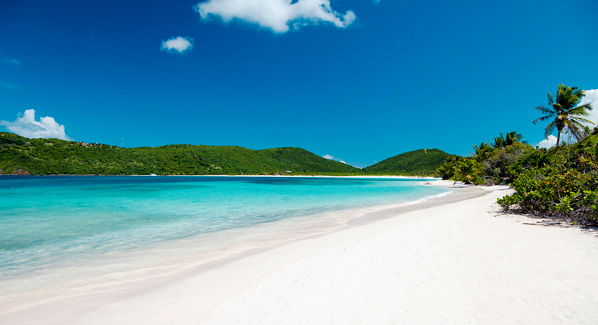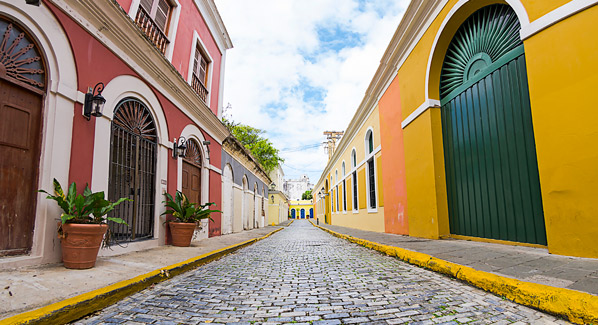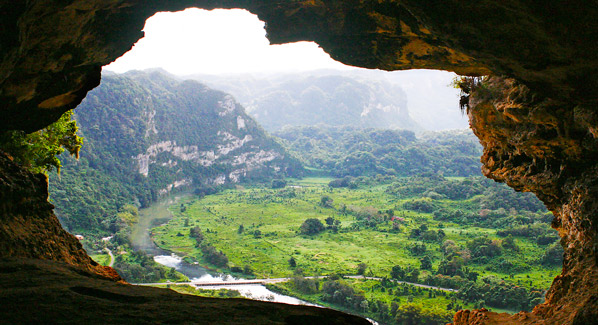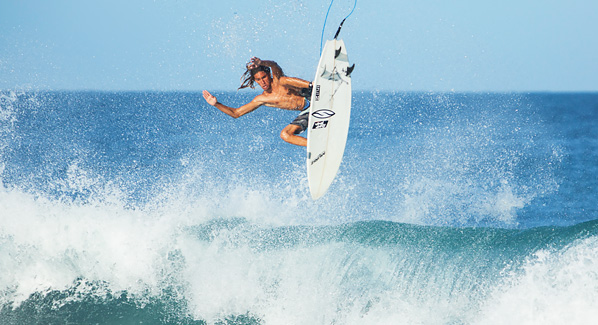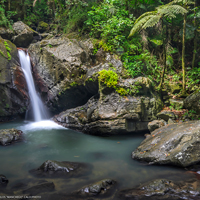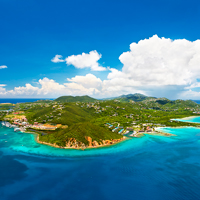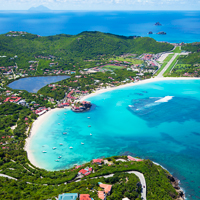Aruba is known for its beaches, casinos and great dining. And one thing you can always count on is fresh fish coming in every day off the local fishing boats. Fishing has been an important part of the island culture for ages, and on most every shoreline, you will find a collection of brightly colored fishing boats.
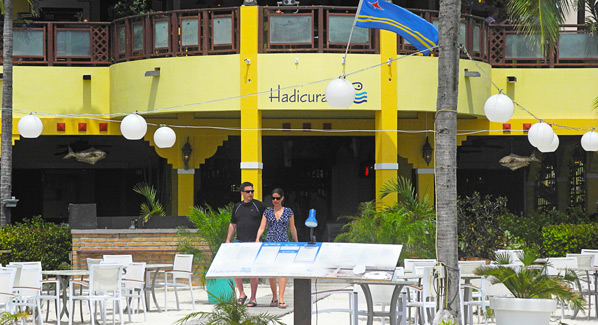
From simple origins as a local fisherman’s hangout, Hadicurari has expanded to become one of the island’s favorite beachside dining destinations. Photo: Debbie Snow
Island chefs prepare fresh catches in a variety of delicious and innovative ways. A perennial favorite is ceviche, which is also one of the simplest and easiest dishes to prepare. Preparing ceviche involves a few simple ingredients and a bit of chemistry. Though sometimes described as a raw fish dish, ceviche actually involves the use of lime, lemon or even orange juice marinades to break down and “cook” the flesh. The only secret is having fresh fish. Add some lime, onions, peppers, cilantro, salt and pepper and you’ve got an appetizer or a meal. Each chef has their own special touches, some add tomatoes others include a blend of several peppers both sweet and spicy. Here are some sure bets for the freshest and tastiest ceviche on the island.
Hadicuraria
First established as a dockside haunt for fisherman, this waterfront favorite was originally smaller and a bit more rustic. Weekends brought in a local crowd that came to dance to live music and eat fresh seafood. Now larger, but still located on Palm Beach, the restaurant maintains its ocean-themed décor, and the new chef continues to find the freshest catches on the island. He doesn’t have to look far, because fishing boats dock on the pier right in front of the restaurant. I sampled the kitchen’s specialty, which is made with corvina, a finer white fish with plenty of taste. This dish includes slices of red onion and red peppers and an assortment of greens for garish. It’s large enough to share as an app or have as an entrée.
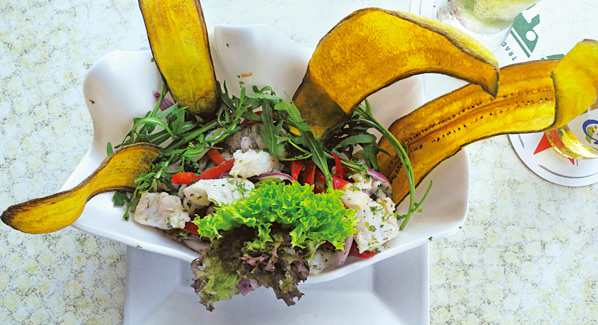
At Hadicurari, tender morsels of fresh-caught corvina are transformed into a light yet flavorful ceviche that can be enjoyed with a cold Balashi beer. Photo: Debbie Snow
Cuba’s Cookin’
You wouldn’t necessarily head to a Cuban restaurant just for the ceviche, but Cuba’s Cookin’ does a good job of presenting this fresh fish dish in a simple fashion, with red onion and spices along with plenty of lime and cilantro. So if your group is craving ropa vieja or a media noche, but you want ceviche, this is a good choice. And don’t pass on a refreshing Mojito. Plan a stop on Thursday night for live music and salsa dancing. The place is now located in the Renaissance Marketplace downtown Oranjestad and is a tribute to Cuba, with walls covered in artwork by Cuban artists.
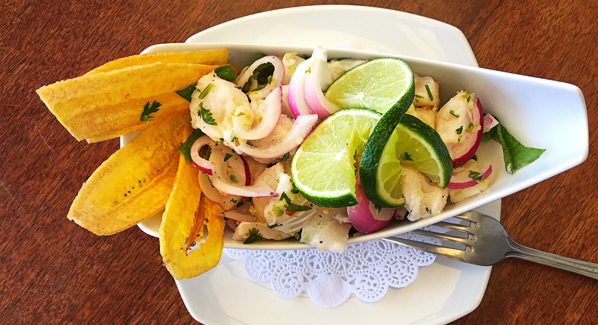
In addition to traditional Cuban favorites, the kitchen at Cuba’s Cookin’ serves up a classic take on Caribbean style ceviche, with plenty of red onions and subtle spices. Photo: Debbie Snow
Delimar
Peruvian food is increasingly en vogue, and Peruvian ceviche is hot on Aruba. This small spot, located right in downtown Oranjestad, is all about Peruvian cuisine. The husband-and-wife owners came to Aruba from the Peruvian coastal town of Huacho, and now offer up authentic tastes of their homeland. The chefs whip out a range of Peruvian specialties that includes their nation’s take on fresh ceviche, which is served with roasted corn kernels and garnished with sweet potato. I had my choice of wahoo or mahimahi, and each request is made to order; mild, medium or spicy. Continue the South American theme and order a pisco sour to drink and your taste buds will be transported to another country.

